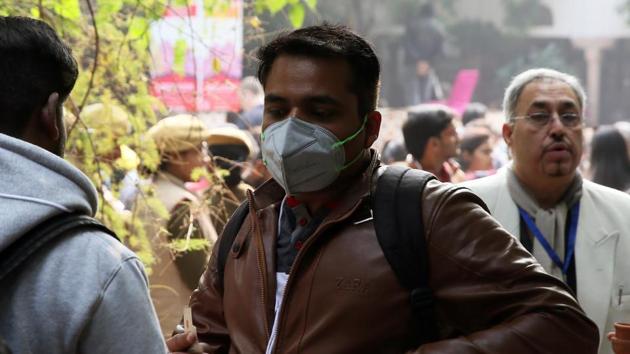Swine flu claims 20 lives in 24 days in Punjab; highest number of positive cases from Patiala, Ludhiana
The highest number of positive cases for the respiratory disease has been reported from Patiala and Ludhiana with 20 from each district.
Twenty people have died of swine flu this year, almost double the 11 deaths reported in 2018, data with the Punjab health department shows. The highest number of positive cases for the respiratory disease has been reported from Patiala and Ludhiana with 20 from each district.

Malwa is also the worst-hit in terms of deaths with 19 of 20 deaths reported from there. Majha has reported one death from Gurdaspur. Ludhiana has reported the most deaths at five, followed by Fatehgarh Sahib and Patiala at four and three, respectively. Two deaths have been reported from Sangrur and one death each from Mohali, Muktsar, Barnala, Ferozepur, Fazilka and Gurdaspur.
“Special swine flu wards have been set-up at hospitals across the state and district health officials have been directed to be on alert. Cases of this disease are usually on the higher side during winters, especially in January and February,” said state health programme officer, Dr Gagan Singh, adding that the entire country was battling the swine flu virus and figures were higher than last year.
“The state is performing far better than other states in tackling the disease. We have not found any pattern in cases. The virus is in circulation and people are getting affected by disease. There is no specific reason behind the higher number of patients in the Malwa belt,” he added.
Health minister Brahm Mohindra said, “Guidelines for the management of H1N1 Influenza (the virus causing the disease) have been circulated. Separate isolation wards have been at set up government hospitals across the state.”
“The health department is prepared and all medicines are available in government hospitals. The testing of these cases is being done free of cost at GMC Amritsar, GMC Patiala and PGIMER, Chandigarh,” he added.
The signs and symptoms of swine flu are similar to those of infections caused by other flu strains and can include , fever (but not always); chills; cough; sore throat; runny or stuffy nose; watery, red eyes; body aches; headache; fatigue; diarrhoea; nausea and vomiting. Doctors warn strictly against self-medication.






